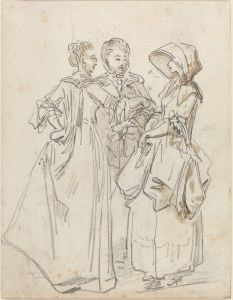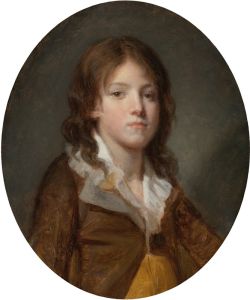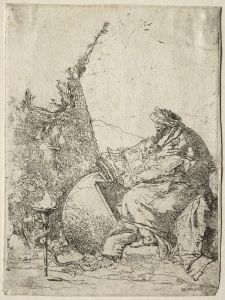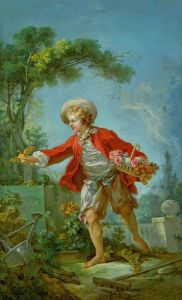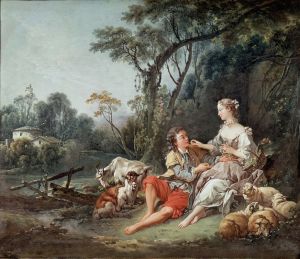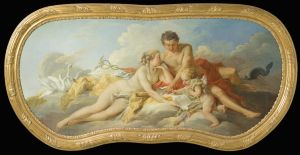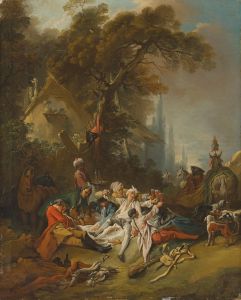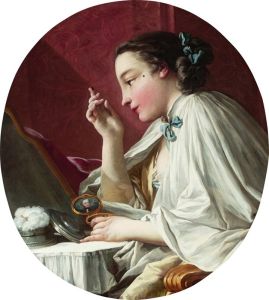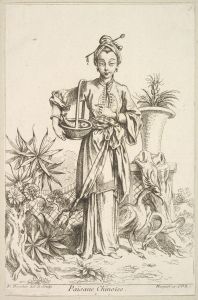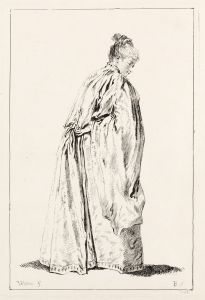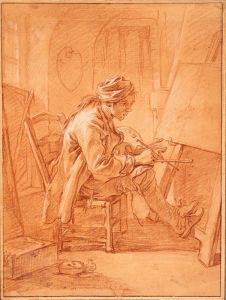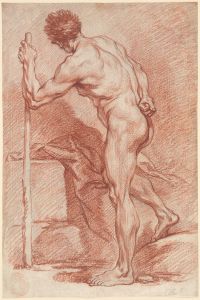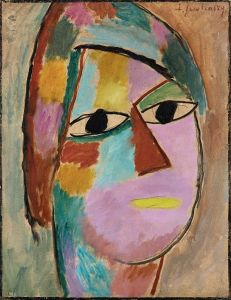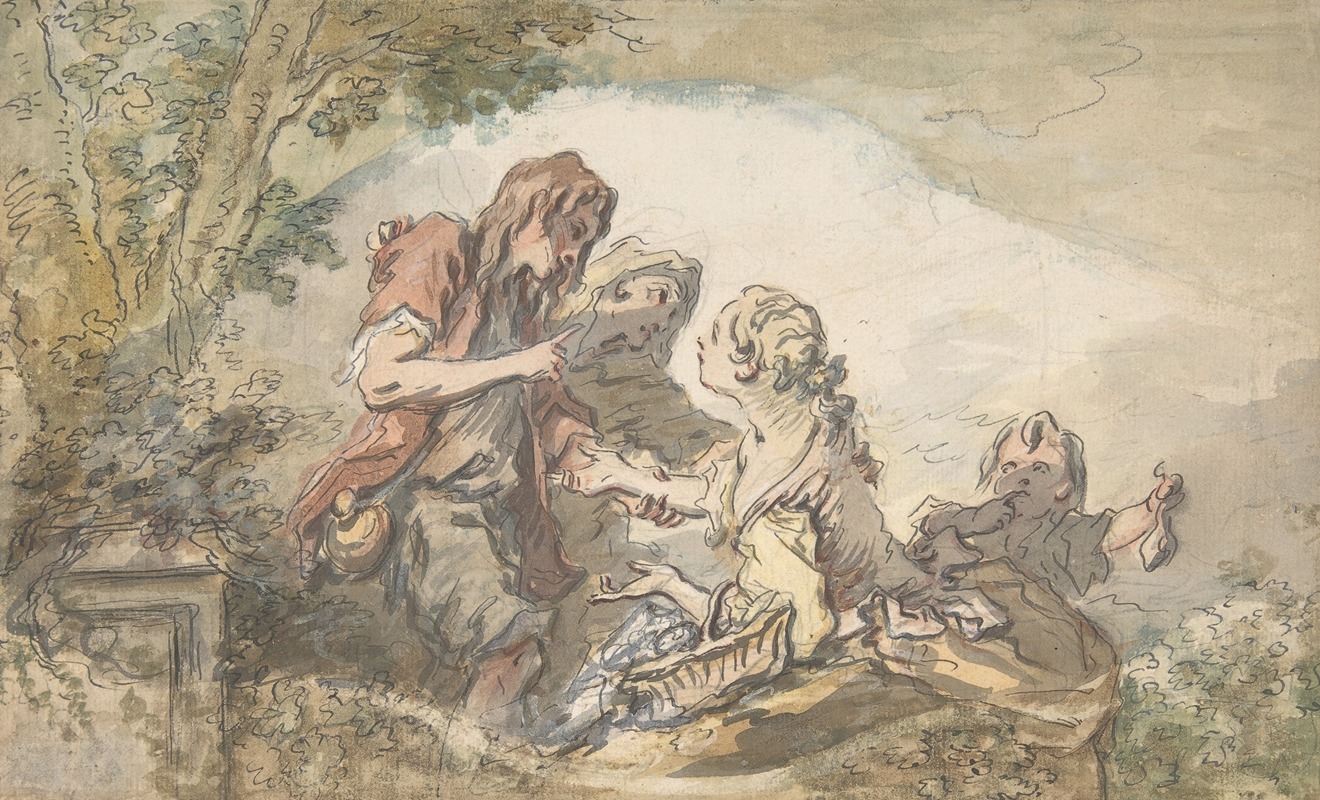
The Fortune Teller
A hand-painted replica of François Boucher’s masterpiece The Fortune Teller, meticulously crafted by professional artists to capture the true essence of the original. Each piece is created with museum-quality canvas and rare mineral pigments, carefully painted by experienced artists with delicate brushstrokes and rich, layered colors to perfectly recreate the texture of the original artwork. Unlike machine-printed reproductions, this hand-painted version brings the painting to life, infused with the artist’s emotions and skill in every stroke. Whether for personal collection or home decoration, it instantly elevates the artistic atmosphere of any space.
"The Fortune Teller" is a painting by the French artist François Boucher, created in 1743. Boucher, a prominent painter of the Rococo style, was known for his idyllic and voluptuous depictions of classical themes, decorative allegories, and pastoral scenes. He was a favorite of Madame de Pompadour, the chief mistress of King Louis XV, and his works were highly influential in the decorative arts of the 18th century.
The painting "The Fortune Teller" is an excellent example of Boucher's skill in capturing the playful and sensuous spirit of the Rococo period. It depicts a scene in which a young woman is having her fortune told by an older woman, who is presumably a gypsy. The young woman is seated and holds out her hand, while the fortune teller examines it closely. The setting is a lush, outdoor environment, typical of Boucher's preference for natural, pastoral backgrounds that add to the charm and intimacy of the scene.
Boucher's use of color and light in "The Fortune Teller" is masterful. The soft, pastel hues and the delicate handling of light create a sense of warmth and immediacy. The figures are rendered with a high degree of detail, particularly in their clothing and expressions, which convey a sense of curiosity and amusement. The young woman's elaborate dress and the fortune teller's more modest attire highlight the contrast between their social statuses, a common theme in Rococo art that often explored the interactions between different classes in a light-hearted manner.
The composition of the painting is carefully balanced, with the figures placed centrally and the background elements arranged to draw the viewer's eye towards the interaction between the two women. The foliage and other natural elements are rendered with a loose, almost impressionistic touch, which was characteristic of Boucher's style and contributed to the overall sense of movement and life in his works.
"The Fortune Teller" reflects the Rococo fascination with themes of love, fate, and the pleasures of the senses. It is a charming and intimate portrayal of a moment of everyday life, elevated by Boucher's exquisite technique and his ability to infuse his scenes with a sense of elegance and grace. The painting is also indicative of the period's interest in the exotic and the mysterious, as represented by the figure of the gypsy fortune teller.
François Boucher's "The Fortune Teller" remains an important work in the history of art, exemplifying the Rococo style's emphasis on beauty, playfulness, and the exploration of human emotions and relationships. The painting is held in high regard for its artistic quality and its representation of the cultural and social dynamics of 18th-century France.





